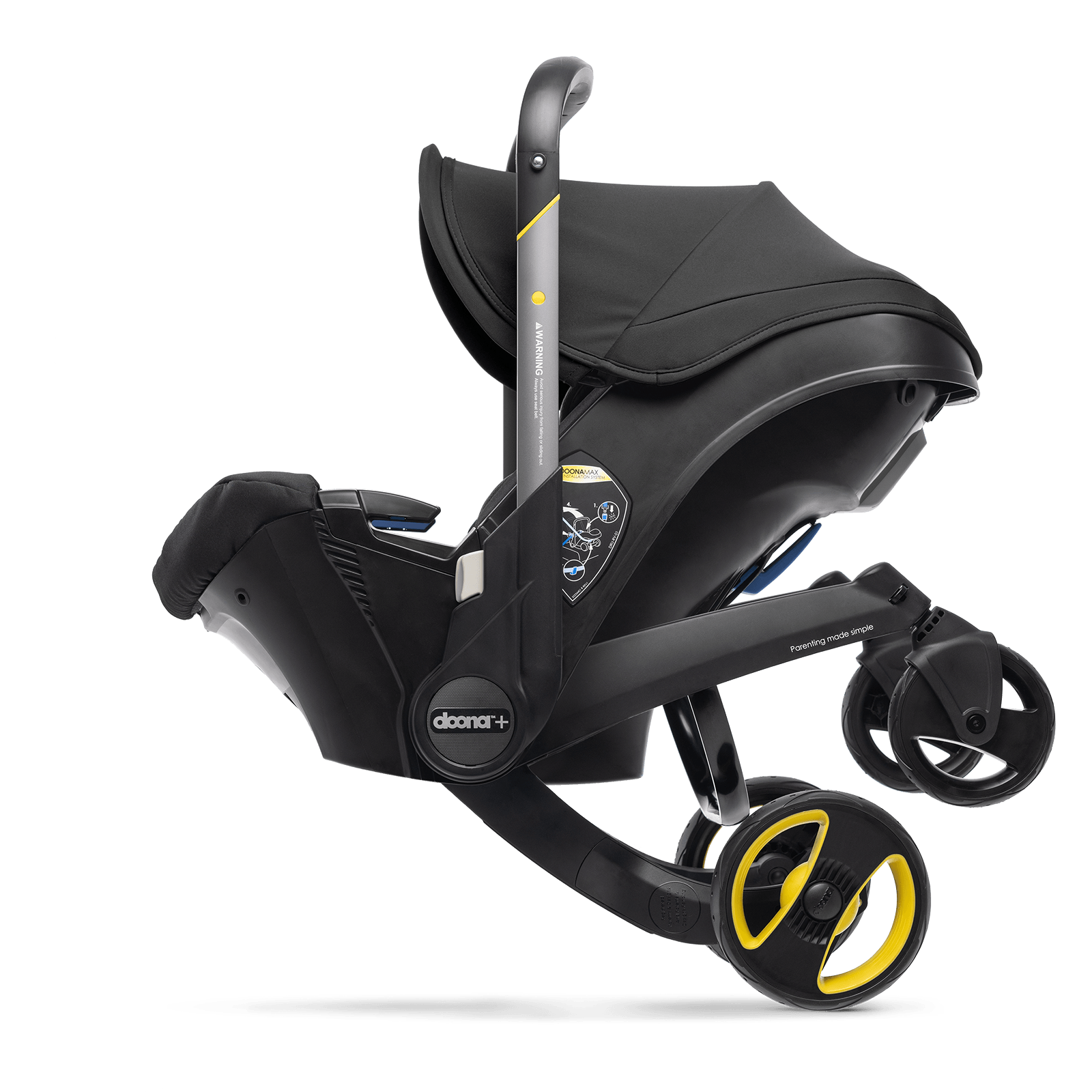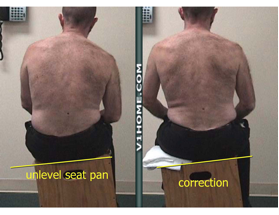That awkward elbow-hook grip you’ve been using since day one is slowly wrecking your posture. Every time you haul your infant carrier like an overstuffed purse, you’re inviting shoulder imbalances, spinal misalignment, and wrist strain that could take months to heal. This isn’t just about convenience—it’s about protecting your body while safely transporting your most precious cargo. You’ll discover chiropractor-approved techniques that redistribute weight through your entire frame, airport hacks that eliminate carrying entirely, and critical mistakes that could land you in physical therapy. These methods work whether you’re sprinting through TSA lines or making your third trip from car to house with groceries.
Most parents default to dangerous carrying habits because they’ve never been taught better. The right technique depends entirely on your baby’s weight, your physical limitations, and your specific scenario. By mastering these evidence-based methods, you’ll transform car seat transport from a daily pain point into a seamless part of your routine—freeing your hands for strollers, coffee cups, or toddler hands.
Emily Puente Loop Technique for Newborns Under 15 Pounds
Chiropractor Emily Puente’s viral method solves the fundamental flaw in traditional car seat carrying: concentrating all weight on one shoulder. This loop-and-support technique engages your entire kinetic chain, distributing pressure from fingertips to feet. When executed correctly, the car seat becomes an extension of your body rather than a burden.
Step-by-Step Loop Execution for Zero Strain
Position correctly: Face the car seat away from your body with the handle at the top. This orientation creates the necessary leverage for the loop.
Lift with your legs: Squat down deeply, keeping your spine neutral. Never bend at the waist—this protects your lumbar discs from shearing forces.
Create the forearm loop: Slide your dominant arm through the handle opening, bringing it back out to form a secure loop around your forearm. Your arm should remain vertical, not horizontal.
Stabilize the base: Flip your palm face-down against the carrier’s bottom, creating a solid platform. Simultaneously grasp the joint where handle meets carrier with your fingers.
Stand with control: Rise slowly using leg strength, keeping the seat resting against your hip. The entire unit should feel anchored—not dangling. Your other hand remains completely free for opening doors or managing bags.
Critical Weight Limit Warning
This technique loses effectiveness when your baby approaches 15 pounds. Beyond this threshold, the leverage advantage collapses as weight shifts downward, making the seat unstable in the loop. Attempting this method with heavier infants risks sudden drops and failed grips. Pro Tip: Weigh your baby monthly in the carrier—when you hit 13 pounds, start transitioning to two-hand methods.
Two-Hand Front Carry for Growing Babies
Once your little one outgrows the Puente method, this posture-preserving technique becomes essential. Unlike one-handed hacks, it maintains spinal alignment while handling convertible seats up to 50 pounds—critical for parents with existing back issues.
Proper Two-Hand Form for Maximum Control
Stand with feet shoulder-width apart directly facing the car seat. Grip the handle firmly with both hands, pulling the seat close to your sternum—not extended away from your body. Engage your core muscles as if bracing for a light punch to the stomach. Keep elbows tucked tight against your ribs with shoulders pulled back. Your gaze should remain forward, never downward at the seat. Walk with short, deliberate steps maintaining this rigid posture.
Functional Limitations You Must Accept
This method demands both hands exclusively for the carrier, eliminating your ability to carry purses, push strollers, or hold toddlers’ hands. However, it accommodates any car seat weight within your physical capacity—making it ideal for transporting toddler boosters or heavy convertible seats. Warning: If you feel strain in your lower back, you’re either holding the seat too far forward or failing to engage your core. Reset your posture immediately.
Airport Car Seat Transport Hacks That Save Your Back

Airports transform car seat carrying into a high-stakes endurance test. These FAA-compliant strategies eliminate physical strain while navigating security lines and jet bridges—no more hobbling with dangling carriers.
Integrated Wheel Solutions for Zero Lifting
Deploy stroller systems: Attach your infant seat to a full-size stroller like the Baby Jogger City Select before entering the terminal. This creates an instant travel system where the seat becomes part of the stroller.
Use built-in wheel seats: The Doona car seat/stroller and Evenflo Shyft Dual-Ride feature instantly deployable wheels. Simply flip the lever under the base to convert from car seat to stroller—no assembly required at 30,000 feet.
Smart Strapping Techniques for Suitcase Transport
Flip the car seat upside down and secure it to your carry-on suitcase using heavy-duty straps. Position the seat’s base against the suitcase’s handle housing to minimize protrusion. Test this configuration at home first—ensure the combined weight doesn’t exceed your suitcase’s structural limits. Critical Check: When baby occupies the seat, verify straps won’t compress the harness system.
Injury-Inducing Carrying Mistakes You’re Making

Most parents unknowingly use techniques that cause cumulative damage. These habits create micro-tears in shoulder tendons and accelerate spinal disc degeneration—often with symptoms appearing months later.
Methods That Demand Immediate Correction
Forearm hook carry: Dangling the seat from your forearm like a shopping bag forces your spine into lateral flexion. This single-sided load creates permanent muscle imbalances—visible as one shoulder sitting higher than the other.
One-hand top grip: Gripping only the handle’s apex with one hand shifts your center of gravity, causing compensatory spinal twisting. This is the #1 cause of new-parent “mystery back pain.”
Elbow crook method: Resting the handle in your elbow crease compresses the ulnar nerve, causing that pins-and-needles sensation in ring/pinky fingers. Prolonged use risks permanent nerve damage.
Non-Negotiable Safety Fundamentals
Always bend knees—not spine—when lifting. Verify grip security before standing (test by gently shaking the seat). Never carry the seat in a way that blocks your forward vision. Respect the 15-pound limit for loop methods—your body will thank you when you’re not scheduling physical therapy appointments.
Multi-Tasking Carrying Strategies for Real Parents
Juggling toddlers, diaper bags, and coffee cups requires strategic equipment pairing. These solutions free at least one hand while maintaining safety—critical for single parents or chaotic travel days.
Hands-Free Options Within Weight Limits
Master the Puente technique for infants under 13 pounds—it keeps one hand completely available. Pair this with a toddler harness that attaches to your wrist strap. For older babies, secure the car seat to a stroller using manufacturer-approved straps while baby-wearing your youngest. Pro Tip: Wear a crossbody diaper bag across your free shoulder to balance weight distribution.
Adaptations for Physical Limitations
If you have pre-existing back, shoulder, or wrist conditions: Prioritize wheeled solutions like the Spinner Wheelie Deluxe bag or airport carts. Use the two-hand front carry method exclusively—never compromise on posture for convenience. Always switch from loop methods at 13 pounds (not 15) to reduce leverage strain. Critical Check: Practice all methods at home before travel day—test wheel deployment, strap security, and lifting mechanics in low-stress environments.
Key Takeaway: Your car seat carrying method must evolve as your baby grows. Master the Puente loop technique for newborns under 15 pounds, transition to two-hand front carry for growing infants, and invest in wheeled airport solutions for stress-free travel. Never ignore weight limits or compromise posture—even for “just this once.” By implementing these chiropractor-approved techniques, you’ll prevent cumulative injuries while keeping your child secure. Start practicing today: Your future self will move through airports and parking lots with confidence, not crutches. For frequent travelers, prioritize integrated wheel systems like the Doona—your back will thank you after that third connecting flight.





